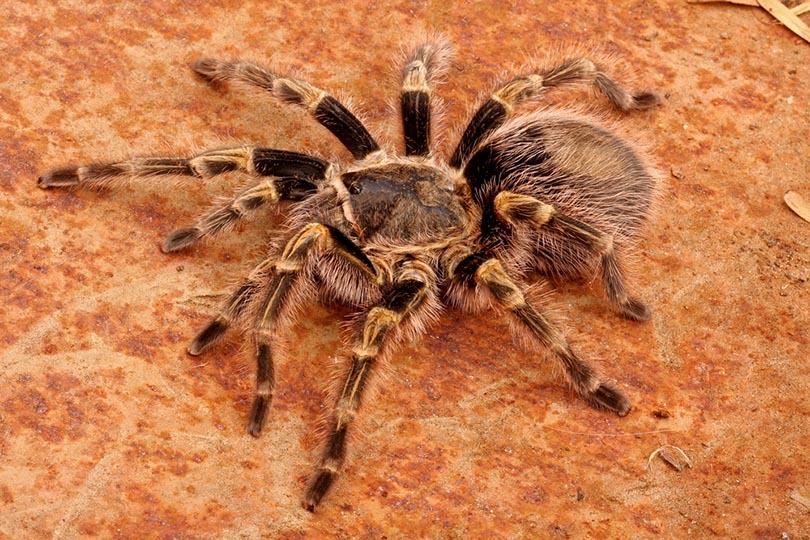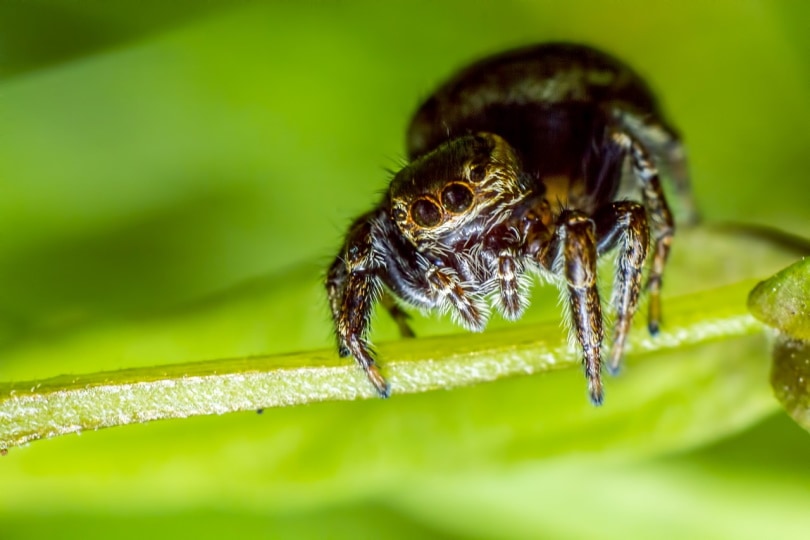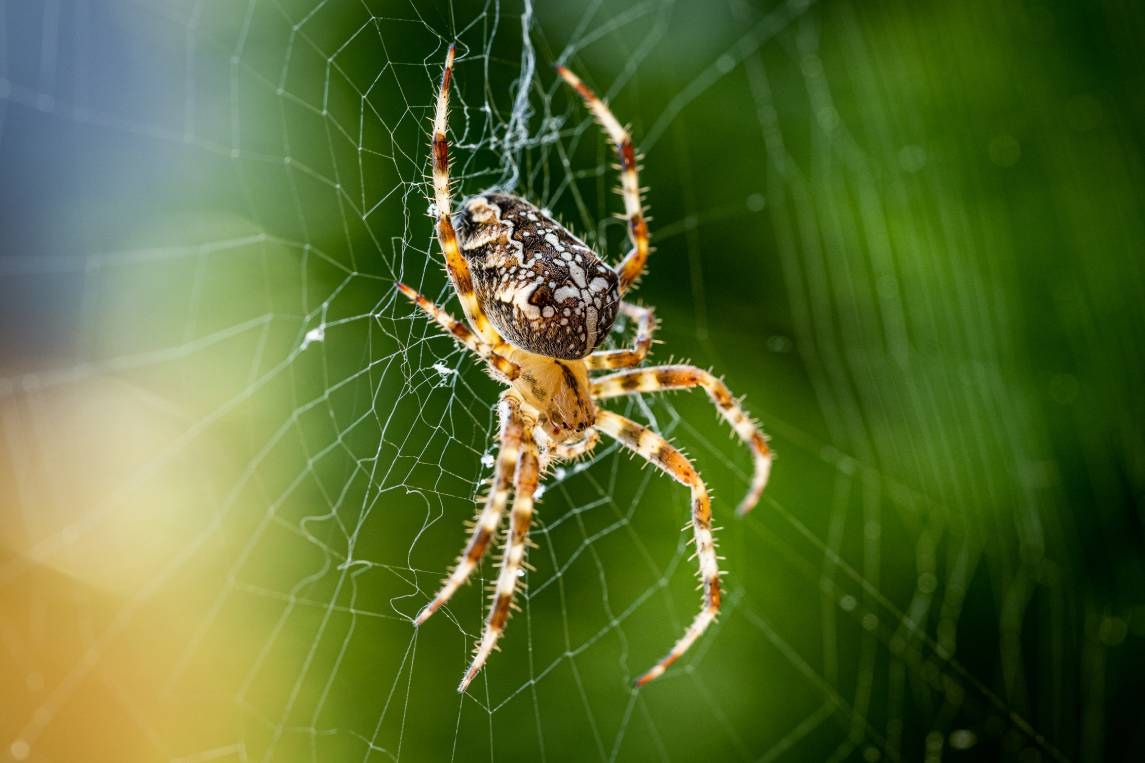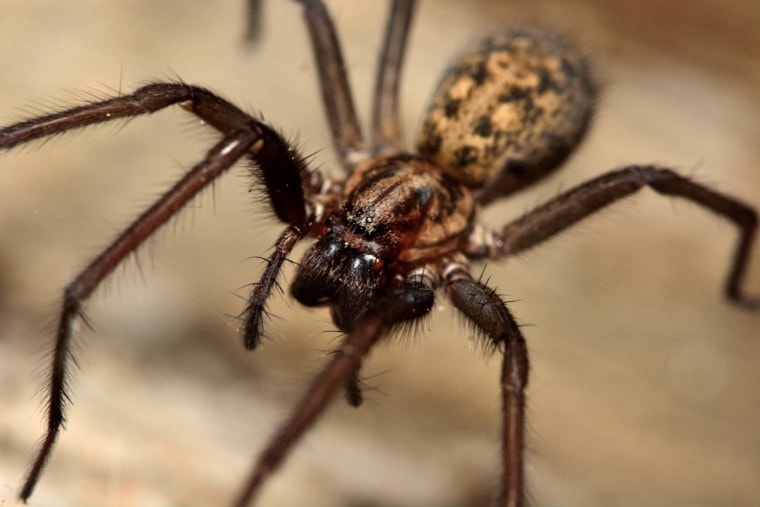
Humans talk with each other, dogs circle other dogs while sniffing to gather information, while birds use sounds. Have you ever wondered how spiders find and communicate with each other?
Like other animals and insects, spiders too, have their code of communication. They can send signals that only their fellow species can decode. These signals can be visual, pheromones, vibrations, tactile, or even dance and more.
This article will explain how these six critters communicate with each other.
- Black widow spiders
- House spiders
- Jumping spiders
- Long-bodied cellar spiders
- Wolf spiders
- Tarantulas
Read on to find how they relay messages.
The 6 Types of Spiders & Their Communication
1. Black Widow Spider

| Scientific Name: | Latrodectus |
| Size: | 1.5 inches long for females. Male measure half this size |
| Average Life Span: | 1 – 3 years |
| Maturity: | 70 – 90 days |
| Diet: | Flies, beetles, mosquitoes, caterpillars, and other insects |
These spiders are solitary. It is only during the mating season that they look for each other.
A male widow spider spins a small web and deposits some semen. He also covers his pedipalps with some and travels to find a mate.
The female, on the other hand, builds a messy web, which she uses to communicate. When she is ready to mate, she deposits pheromones on it to attract males.
The pheromones are a complex, chemical communication system that gives the male spider details about the female. It can tell her age, hunger levels, and mating history.
For the male to succeed in the courtship, he produces distinct vibrations to avoid attacks. Female black widows are known to eat males before and after mating. For this, the male signals his presence and desirability through vibrations to prevent triggering a female’s predatory response.
Then, he destroys the female’s web and wraps it in his silk to deter other rivals. Surprisingly, this home-wrecking behavior works since other males perceive a destroyed web as less attractive.
2. American House Spider

| Scientific Name: | Parasteatoda tepidariorum |
| Size: | 1/5 of an inch for males, 1/3 of an inch for females |
| Average Life Span: | 1 – 2 years |
| Maturity: | Females take 40 days, but males mature in 30 days |
| Diet: | Wasps, mosquitos, flies, ants, and other small insects |
These spiders are not aggressive. In some cases, a male and female have been known to reside together in one web.
When the female American house spider is ready to mate, she signals the male. She does this by shaking her legs in the air or plucking the web.
3. Jumping Spider

| Scientific Name: | Salticidae |
| Size: | 0.04 – 0.98 inches |
| Average Life Span: | 10 months – 1 year |
| Maturity: | 2 weeks |
| Diet: | Crickets, flies, moth, mosquitos, and other small insects |
Jumping spiders dedicate their communication skills when courting. Mature males conduct complex courtship displays through dance.
They display their plumose hairs and front leg hinges to attract females. The males also have patches of UV reflectance, which is an added visual component. They perform sliding, zigzag, and vibrational movements too.
Apart from visual display and dance, males also create complex vibratory presentations. Scientists estimate 20 different motifs that change as the courtship progresses. These sounds and vibrations resemble drum rolls or buzzes.
The male’s song has an identity, fluid structure, variety, and variability. At times, they wave their foreleg to get the female’s attention. They understand that the female can eat them if they are not receptive to the courtship.
- See also: 15 Spiders Found in Wisconsin
4. Long-Bodied Cellar Spiders

| Scientific Name: | Pholcus phalangioides |
| Size: | 0.24 to 0.31 inches |
| Average Life Span: | 3 years |
| Maturity: | 1 year |
| Diet: | Flies, mosquitos, moths, ants, and other small insects |
Cellar spiders live in solitary only to find other spiders during the mating season. Their communication channels include visual, pheromones, and tactile. Male cellar spiders track a female using the pheromones she leaves behind.
They communicate using touch and chemicals, but more research is underway.
On other rare occasions, cellar spiders may choose to live in loose-knit groups. Here, they build webs and feed communally, but there’s not much information about their communication.
5. Wolf Spider
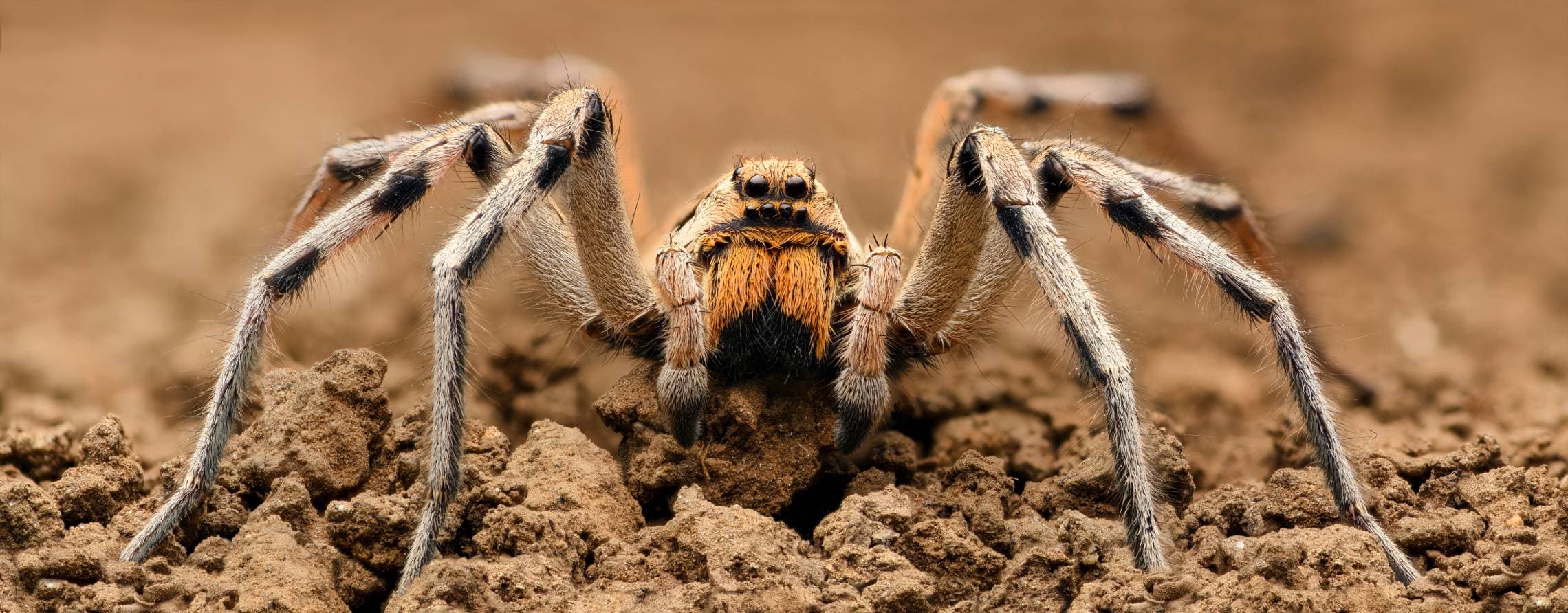
| Scientific Name: | Lycosidae |
| Size: | 0.24 to 1.2 inches |
| Average Life Span: | 12 to 18 months |
| Maturity: | After molting 5 or 10 times |
| Diet: | Flies, mosquitos, moths, ants, and other small insects |
Male wolf spiders produce purring vibrations to attract a mate. These vibrations also produce an airborne sound that is audible to humans but inaudible to the critters.
The male uses his pedipalps as a musical instrument. Since one side of the pedipalp has a rough surface, it uses this to scrape the other.
This creates vibrations, which in turn, hit dry leaves to transfer the sound. In this case, the leaves act as a telephone line.
For a wolf spider’s purr vibrations to work effectively, the couple must be on a surface that can vibrate. If the female is far away, she may not pick up on these vibrations.
- See Also: 7 Spiders Found in Florida
6. Tarantula
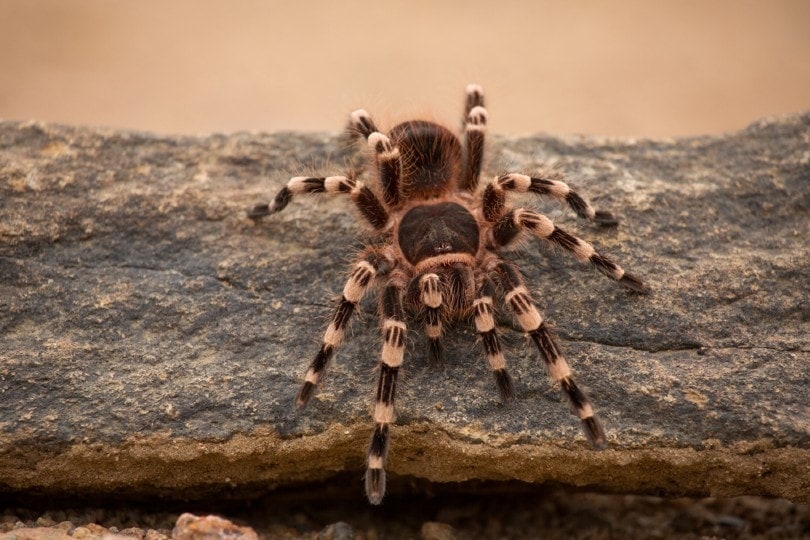
| Scientific Name: | Theraphosidae |
| Size: | 4.75 inches long |
| Average Life Span: | Up to 30 years in the wild |
| Maturity: | 2 – 5 years |
| Diet: | Insects and big game like mice, lizards, frogs, and toads |
Tarantulas have a distinct mating ritual. The male spins a sperm web to store sperm.
He also loads his pedipalps with some and starts his search for a female burrow. He uses pheromones as a guide to finding a suitable mate.
When he finds a female burrow, he alerts the female by tapping his foot. The female may emerge or ignore his call.
If she is receptive, the male will seduce her with his courtship display. This includes shaking his pedipalps, raising his abdomen, lowering the front part of his body, and producing vibrations.
- Related Read: 10 Spiders Found in Arkansas
Related Questions
Do Spiders Hang Out with Each Other?
Some spiders are social and form long-lasting aggregations. However, most species are solitary and aggressive.
How Do Male Spiders Communicate with Females?
They rely on sound and sense of touch. Additionally, males use pheromones to identify the nature of a female.
Summary
Spiders do find and communicate with each other in a fascinating manner. They relay information by vibratory mechanisms and by pheromones. Although their communication system is complex, these critters understand the message relayed amongst themselves.
- Related read: 12 Spiders Found in Missouri
Featured Image Credit: Ian Redding, Shutterstock



